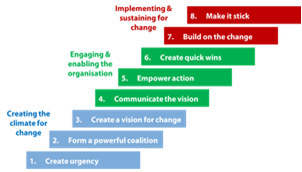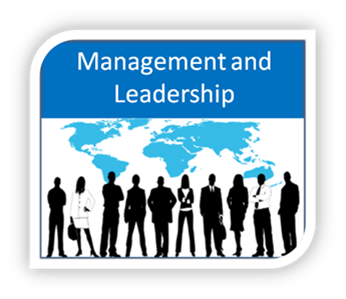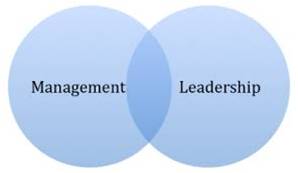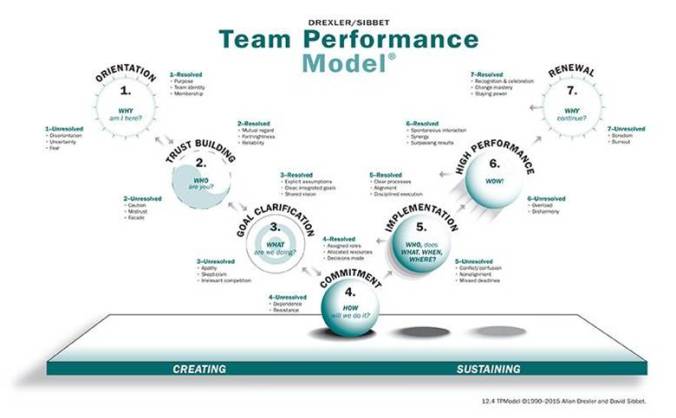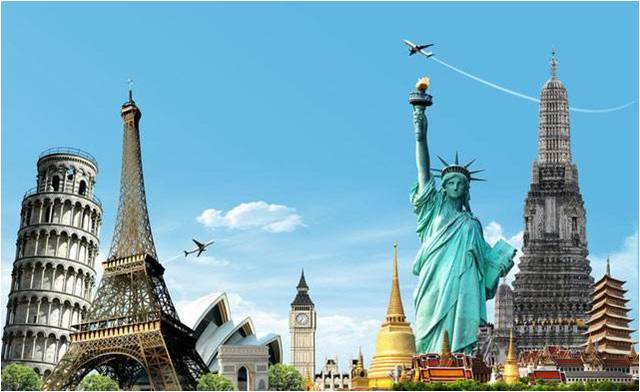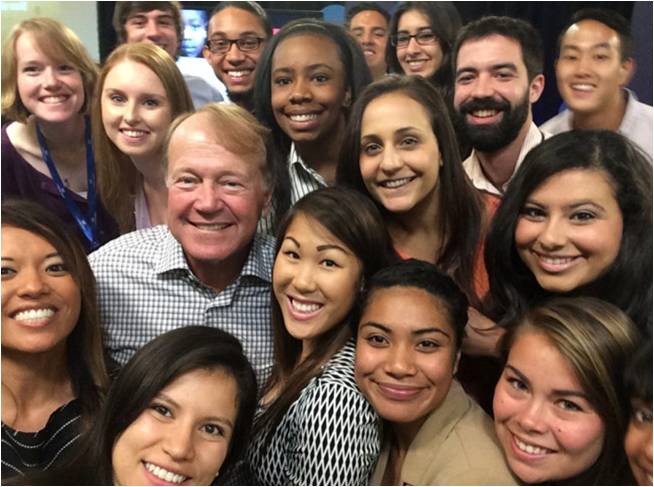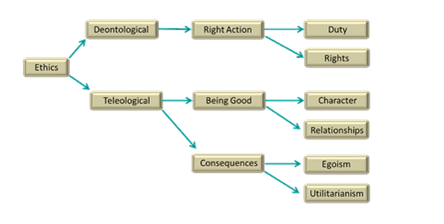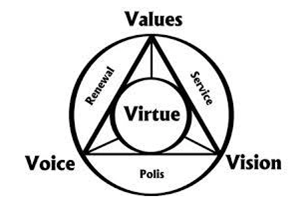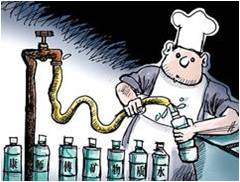My Leadership Style and Vision:
After a study about leadership, I have a basic understanding about the leadership and leadership styles. As a personal point of view, I believe that personal charisma is one of the most important qualities that a leader should have. A respectful leader aware that they have to attract people to follow items of being more efficient and successful in leading, not ask people to follow(Susan, 2016).
Leadership is very important in any organization, a suitable leadership benefits the organization in many aspects. After studying about leadership in previous weeks, I found that transformational Leadership is the style that suit my vision about the leadership. In my opinion, a leader should have the ability to promote employee development and intellectual stimulation to encourage employees to be more than self-interested in the goals, tasks and development prospects of the group, so the origination would have a better performance. Good leadership can create excitement in an organization and it makes huge influences and impact, so individuals can discover their own value and excitement of work and life. A good leader should also care about the employees, make employees feel the leader is around them, so they would be more motivated on work. Leaders with these factors often have strong values and ideals, and they can successfully motivate employees to transcend their personal interests and work together for the great goals of the team
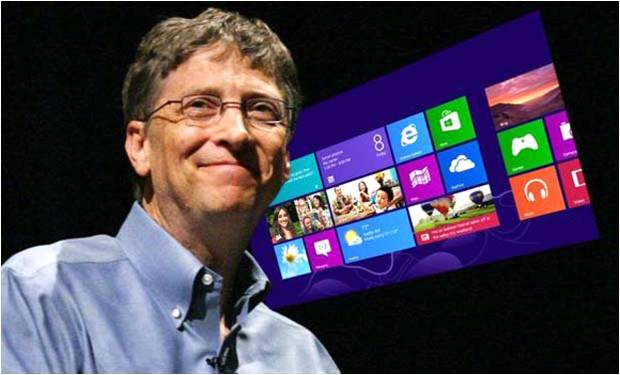
(from:Joel Brown, 2017)
The person who inspired me:
Bill Gates, as co-founder of the largest PC software company in the world Microsoft (Mosse, 2015). He gives me a lot inspiration of how to be a good leader. Independent thinking, honest and trustworthy, open communication, respect for others, smart, confident and visionary, self-critical and self-improvement, and never complacent, those are the characteristics that I can see from Bill Gates, also the characteristics that a good leader should have, and that is the reason why Bill Gates is one of the richest man in the world. Bill Gates is a man who has the courage and courage to be quick and decisive. In order to turn Microsoft into a multi-functional company with development and marketing capabilities, President Shelley and Gates went out of their way to search for suitable people in the group( Yprs0505, 2012). Bill Gates bring the changes on values and beliefs through self-reflective to make followers become rational, it helps to encourage the employees to be creative and innovative(Mosse, 2015).
For the individuals, Bill Gates does not treats followers as employee, he takes them as individuals, he helped choose what is best suits for individuals through their levels of knowledge and abilities, this is reason why there is always have high performance in firm (Mosse, 2015). Another valuable characteristic from Bill Gates is he still constantly evolving, he never simply be satisfied with the achievements that they made, become complacent is not an option for him and his team, he tells everyone to pay more attention and learn from failure. Bill Gates knows the company have to continually reinvent to maintain the position so he stays relevant and ingrained the culture in company (John, 2016).
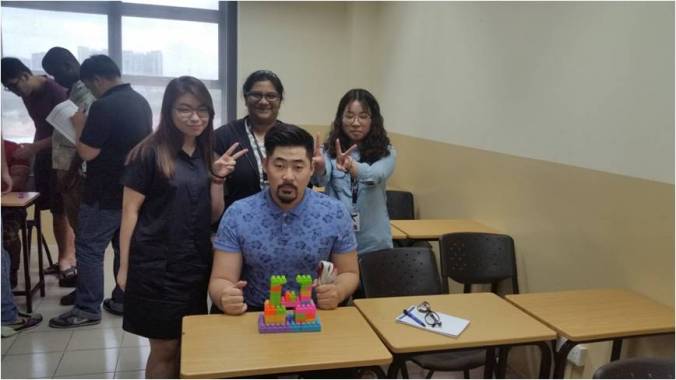
Feedback from colleagues:
After couple of weeks of studying together, my team members have a basic understanding about me and my leadership performance. I can see some of my strengths reflects on my works from their feedback. First of all, I got high evaluation on the challenge part, this is also what I always do, I like the challenges because it can help me to improve myself. In addition, I did well on the encouragement, I believe that a effective team is build by all team members, not only leaders do well but also everyone else in the team. So give my appreciation and support to my team members.
Other than the strength, the feedback of weaknesses are more important for me, it helps me aware where are the areas to develop as a leader. The poor part in my evaluation is ask for feedback on how my actions influence others, I think this is due to lack of communications among my team, we did not have enough discussion between each other. Another point is lack the awareness of build consensus around organization’s values, we did not have much value among the team but my teammates ring a alarm bell for me, not only for the current study but also in the future, I should have the awareness for this.
Leadership skills that I want to develop:
With the studying and cooperation experience, I notice that communication is a skill that I should do better. Good communication can reduce conflicts, resolve conflicts, clarify doubts, eliminate misunderstandings and enhance internal cohesion of the team. I could do well in informal environment communication, but it seems like I do not have enough skills to handle when it come to the formal environment. So I will develop more on communication through more study and practice in MBA programs and also daily life.
Word count: 821
Reference:
Susan, M. (2016) Lead the Team: How to Become the Person Others Follow. [online] available from:https://www.thebalance.com/lead-the-team-how-to-become-the-person-others-follow-1918610 [Accessed 20 Jul. 2017].
Mosse (2015). Bill Gates-Transformational Leader. [online] Talesofholymoses.blogspot.my. Available at: http://talesofholymoses.blogspot.my/2015/10/bill-gates-transformational-leader.html [Accessed 20 Jul. 2017].
Wenku.baidu.com. (2012). Leadership of Bill Gates. [online] Available at: https://wenku.baidu.com/view/44a92548e518964bcf847c55.html [Accessed 20 Jul. 2017].
Rampton, J. (2016). How Bill Gates Became a Leadership Legend. [online] Entrepreneur. Available at: https://www.entrepreneur.com/article/250607 [Accessed 20 Jul. 2017].
